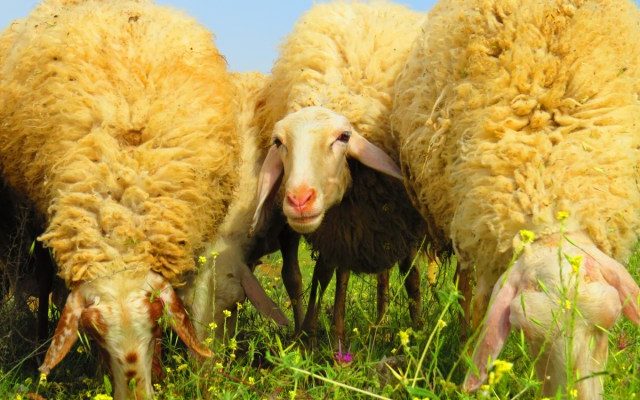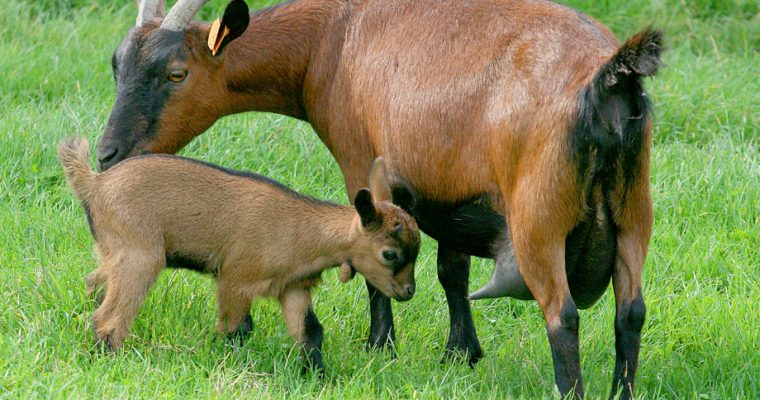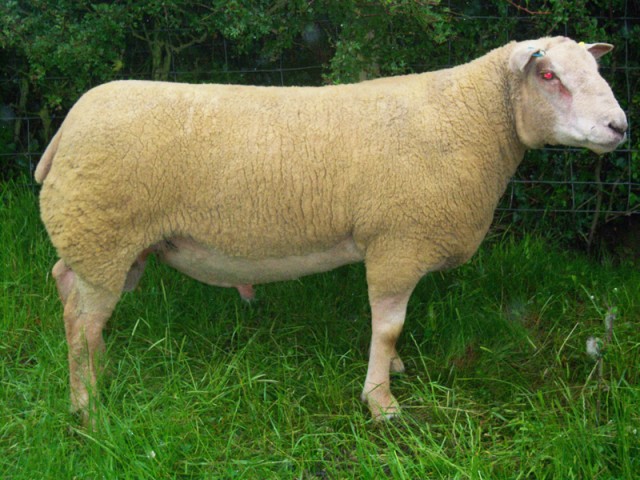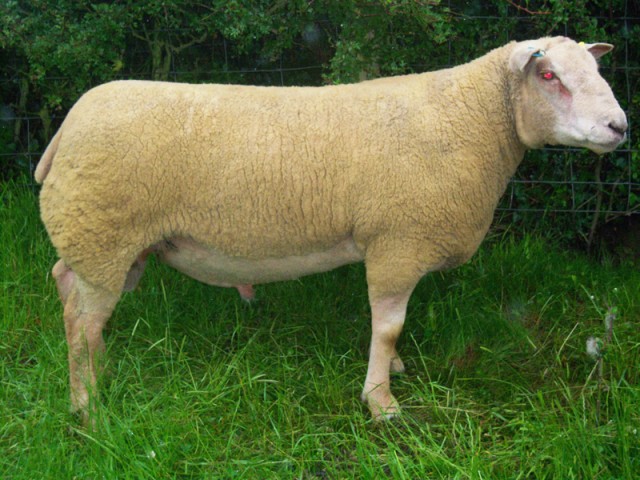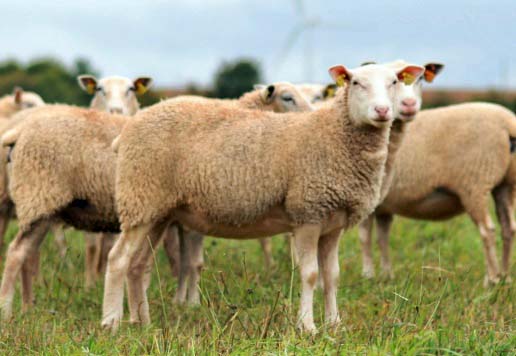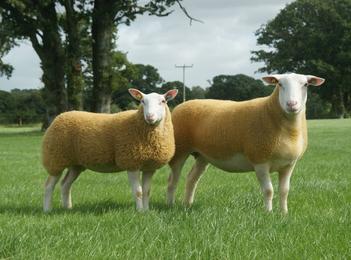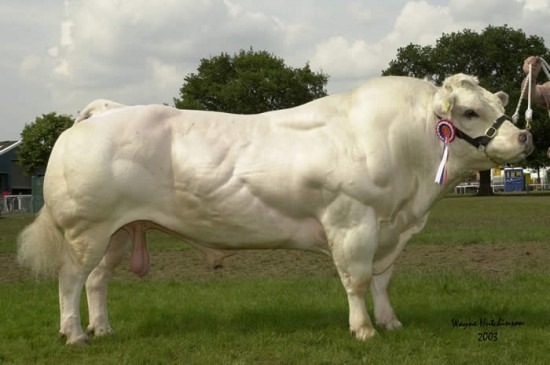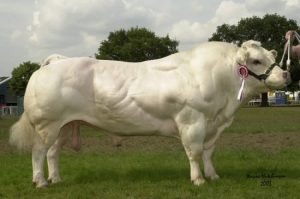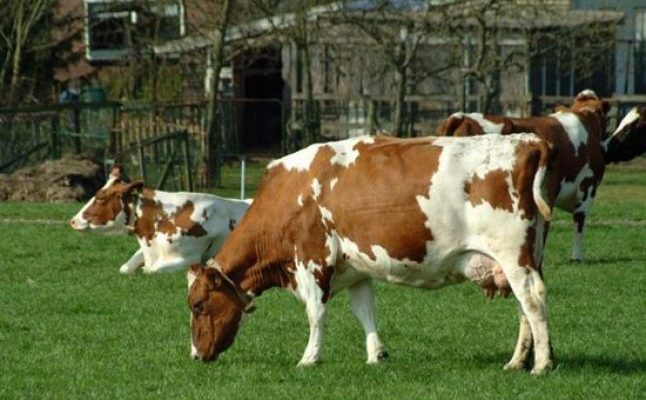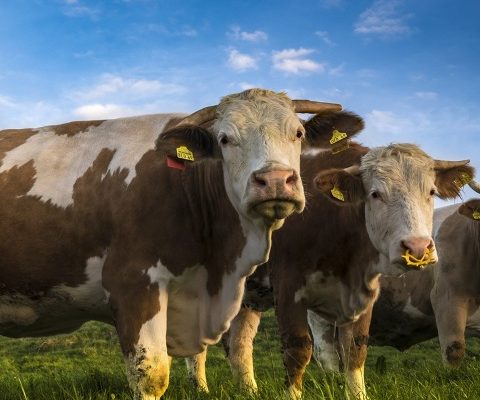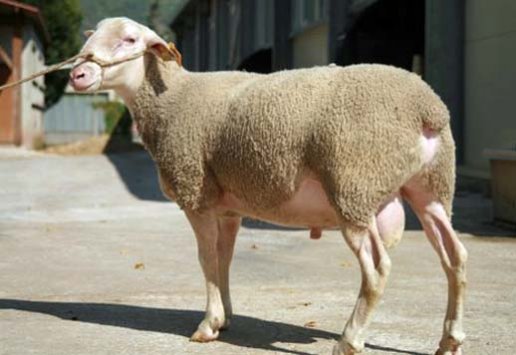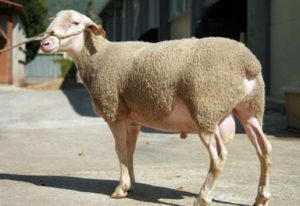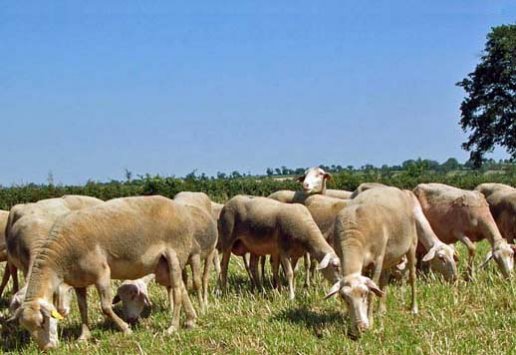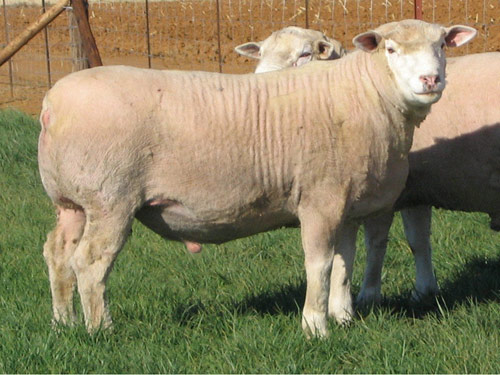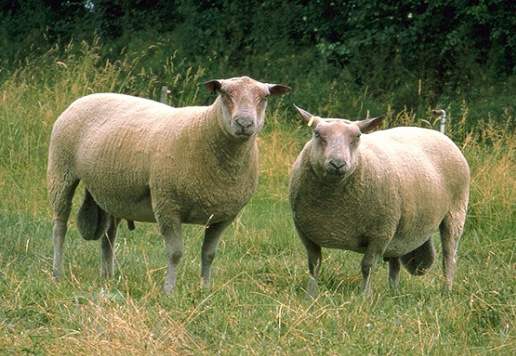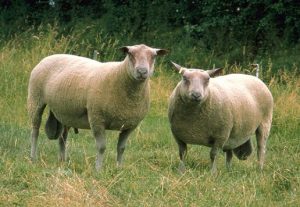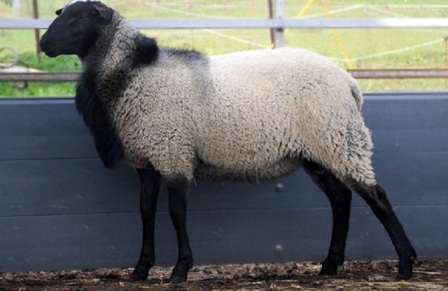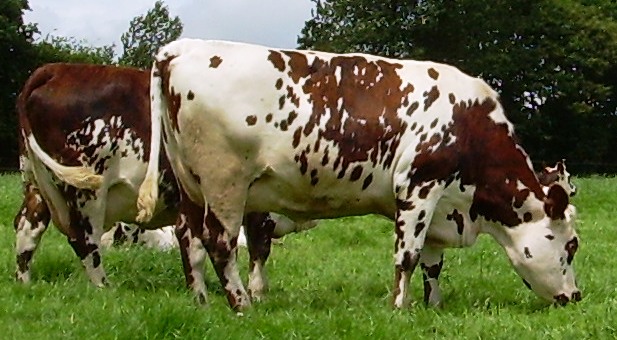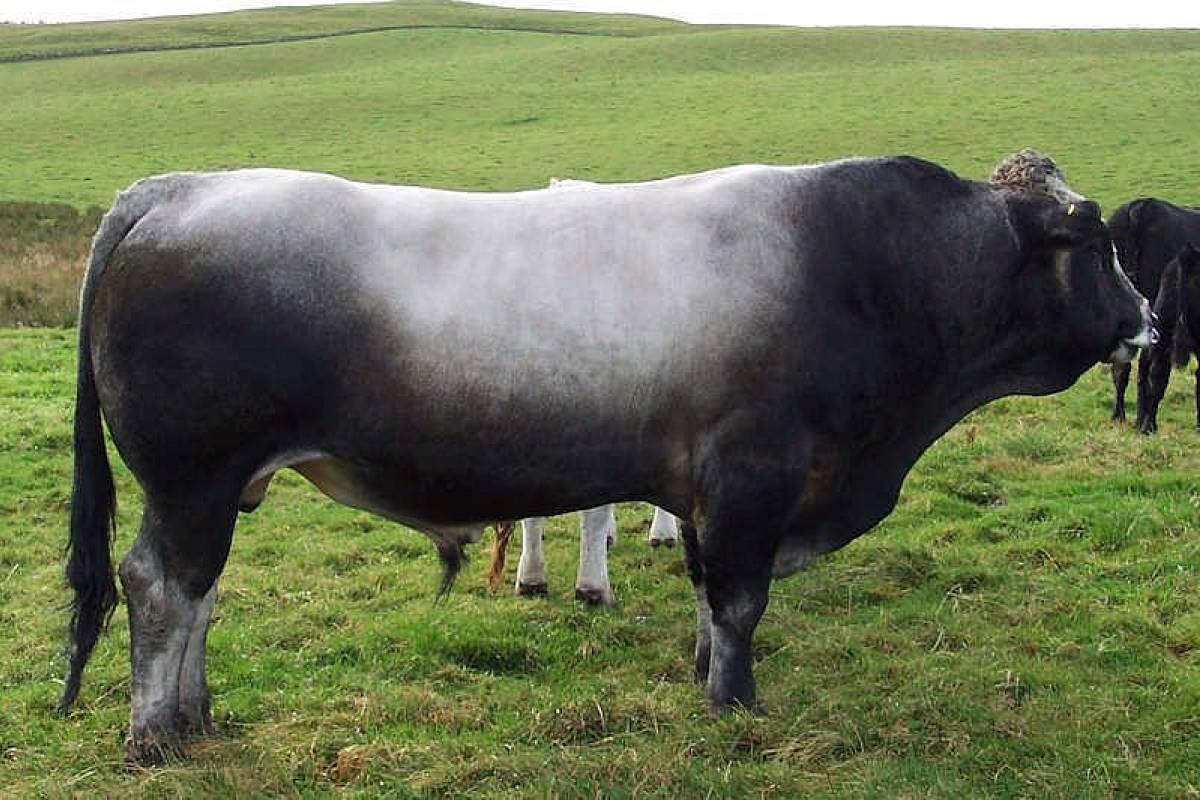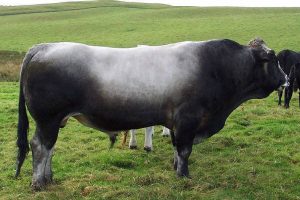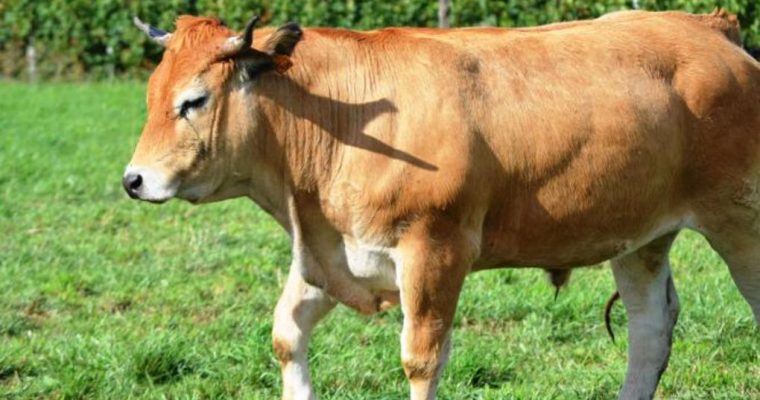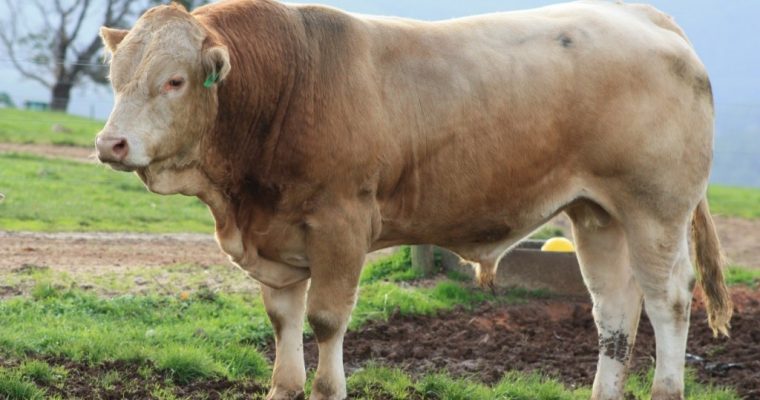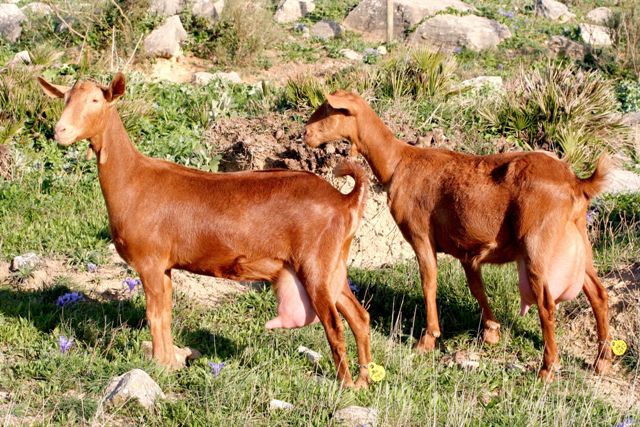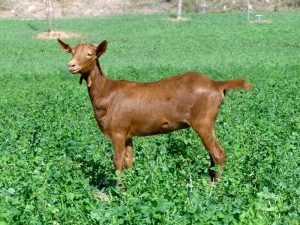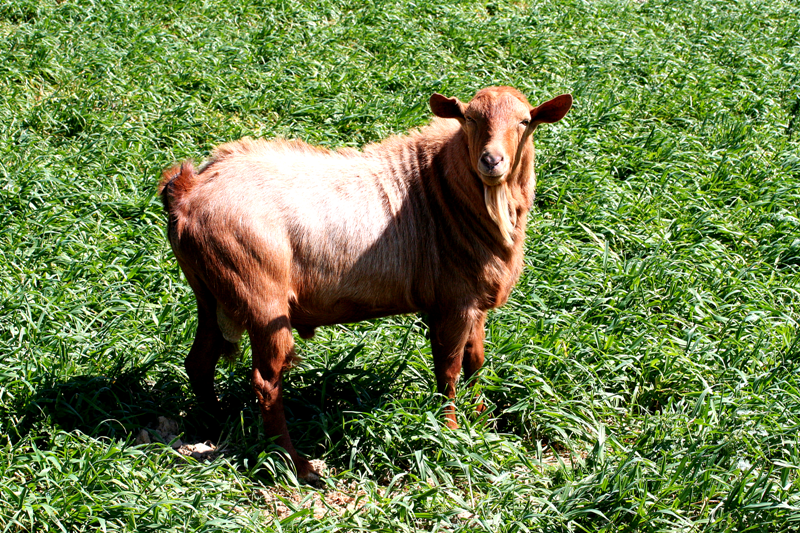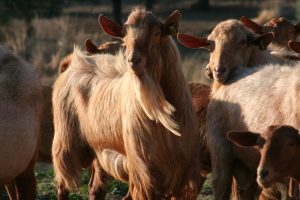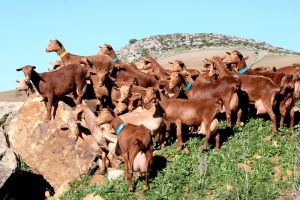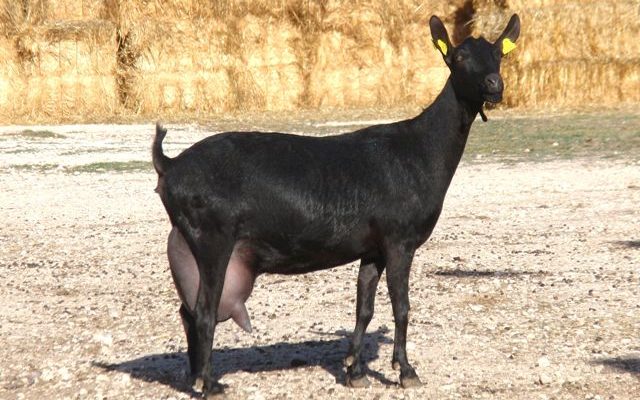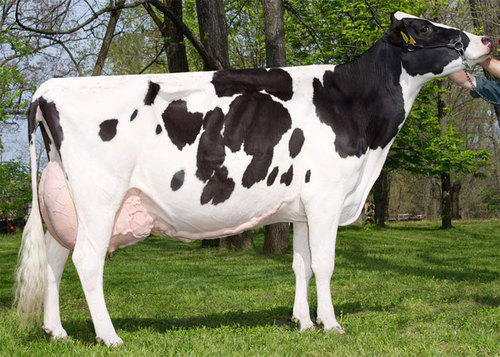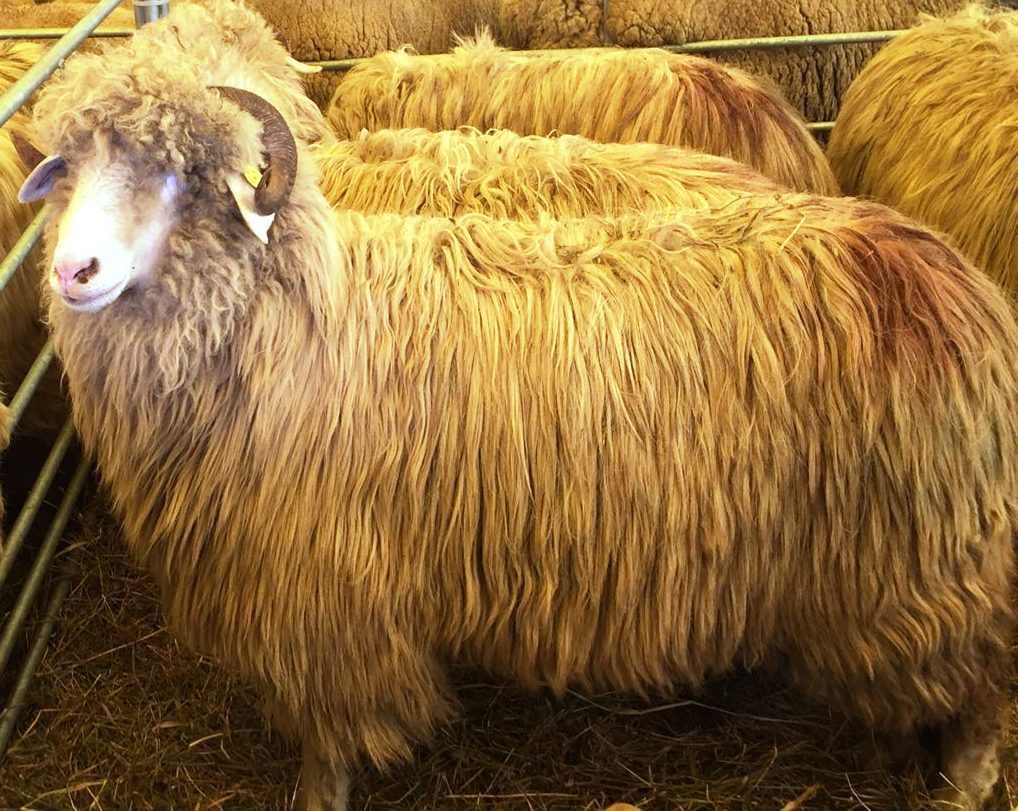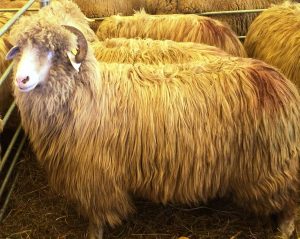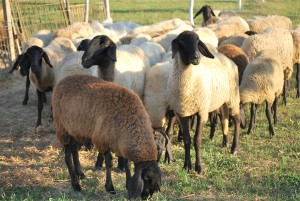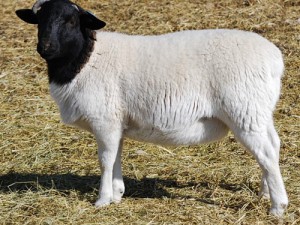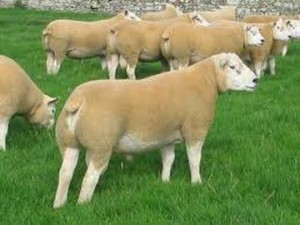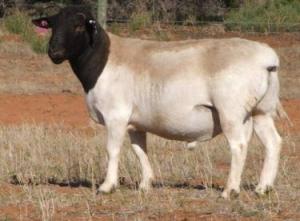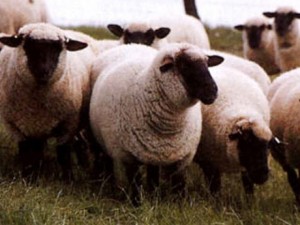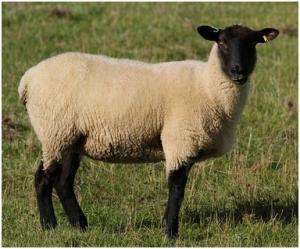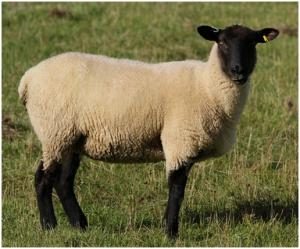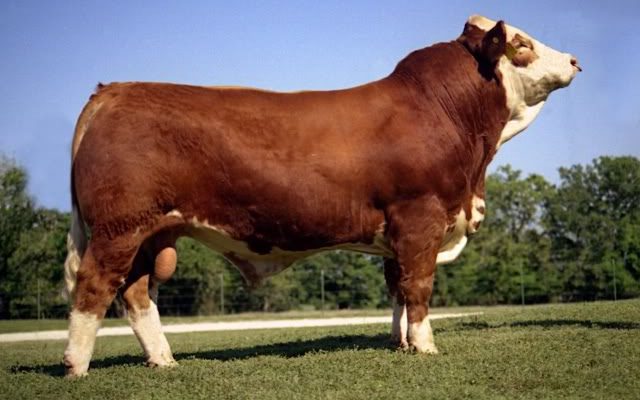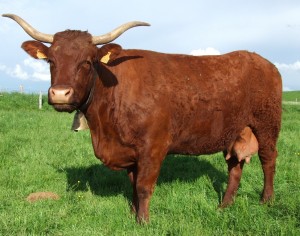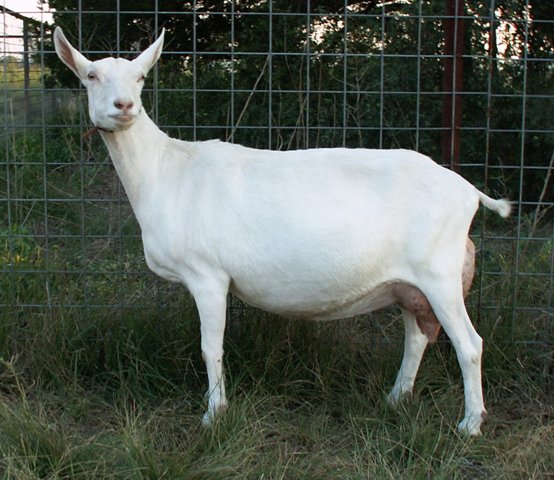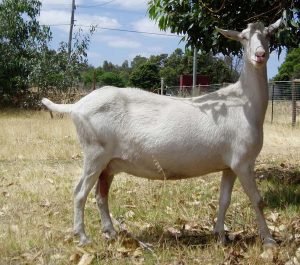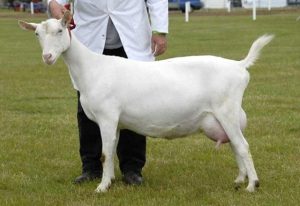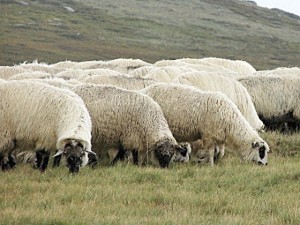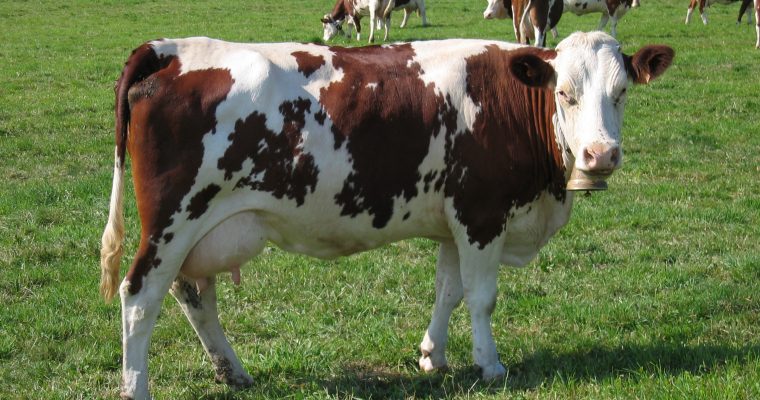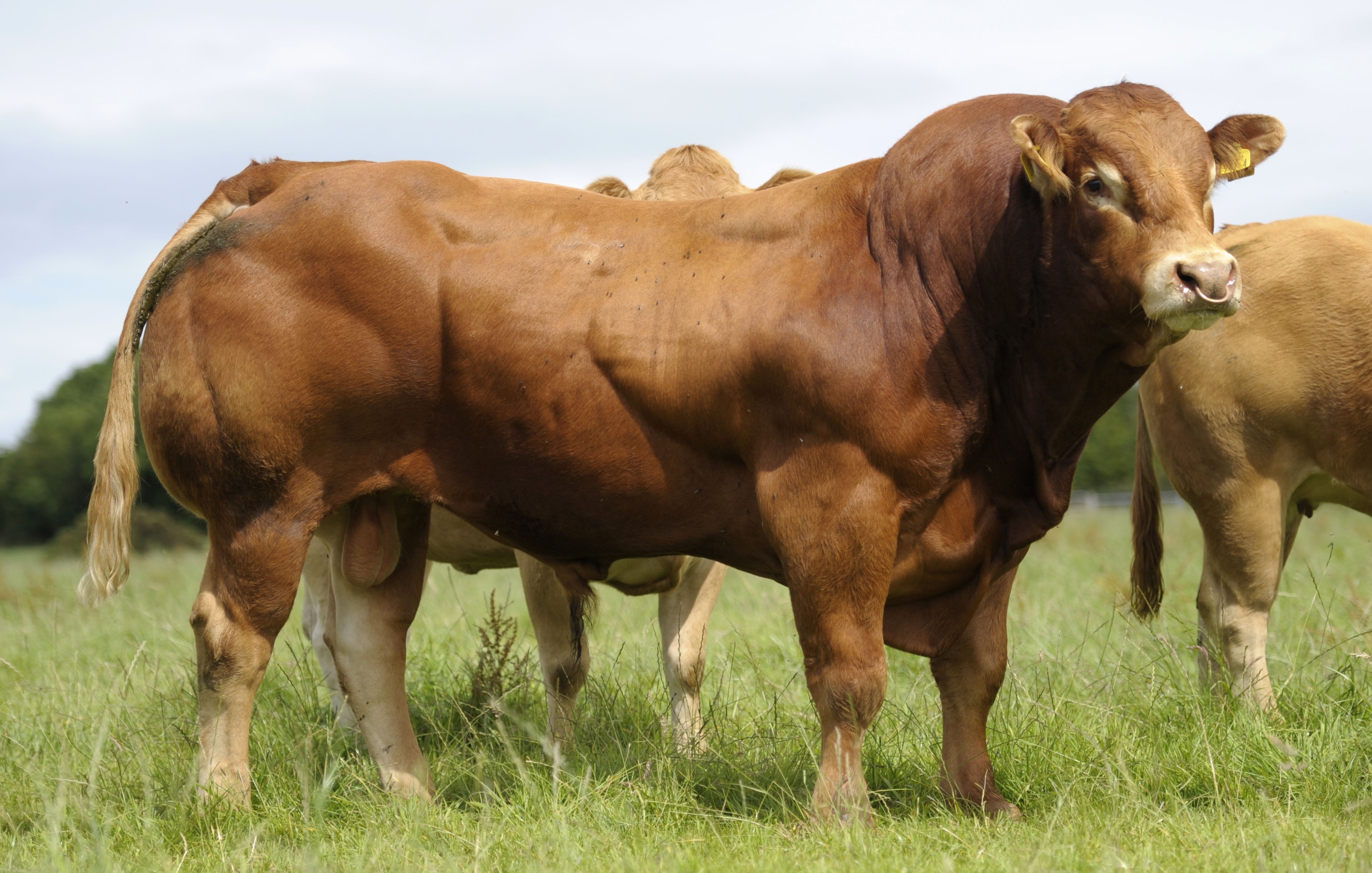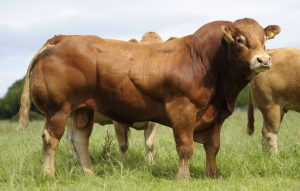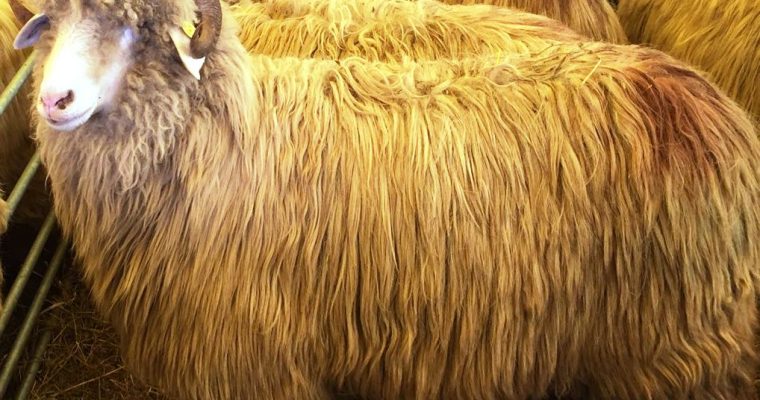Mature Body Weight
Ram: 275-400 pounds
Ewe: 200-300 pounds
Average Fiber Diameter
Micron 26-33
USDA Wool Grade 46′s-58′s
Grease Fleece Weight
4-8 pounds
Staple Length
2.5-3.5 inches
The sheep of the Suffolk breed was developed in England where it is known for its very good quality meat. It is also common in other countries of the world, where it is grown for both meat production and milk production.
Origin and history
The Suffolk Sheep Breed appeared in England more than 200 years ago by crossing Norfolk sheep with Soutdown rams. It was officially recognized as a pure breed in 1810, and currently this sheep breed is one of the most popular and popular breeds in the world.
The large Suffolk sheep breeders are England, Austria, Belgium, Czech Republic, Slovakia, France, Germany, Italy, Netherlands, Portugal and Spain.
Physics description
The Suffolk breed is distinguished by the head and legs covered by a black fur. The rest of the body is covered with a white, coat, short, and dense fur. Additionally, the Suffolk Sheep has no horns.
Oaia Sufflok is very energetic and alert, very prolific. It is not intended for wool production. It is marketed especially for meat, which is appreciated worldwide for its nutritional qualities.
Sufoolk rams are used for breeding sheep of other breeds to obtain meat hybrids. These hybrids are destined for meat production and go directly to the butcher shops around the world.
Main characteristics of Suffolk sheep
Suffolk sheep’s meat is of high quality and has a superior taste, recognized by consumers around the world.
Due to its resilience and elasticity, Suffolk sheep fur is used to make blankets and blankets, ideal for the cold season.
Sufoolk rams are very prolific, so sometimes sheep can also give birth to 2-3 lambs, sometimes even 4. Suffolk breeds are born 150 days after mating and reach weaning around the age of about 100 days.
Sheep from the Suffolk race adapts easily to any conditions and resists very well even at extreme temperatures.

